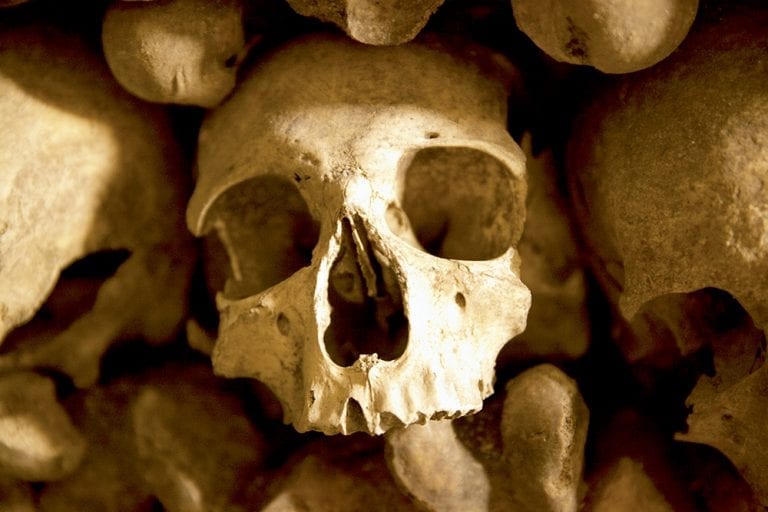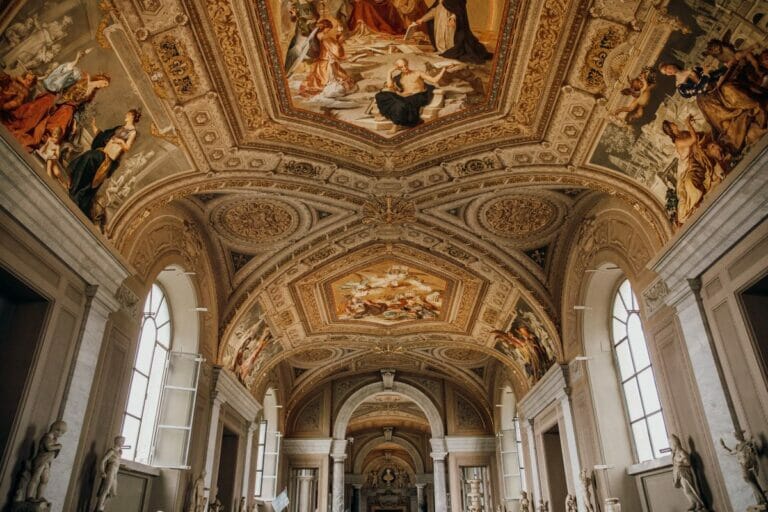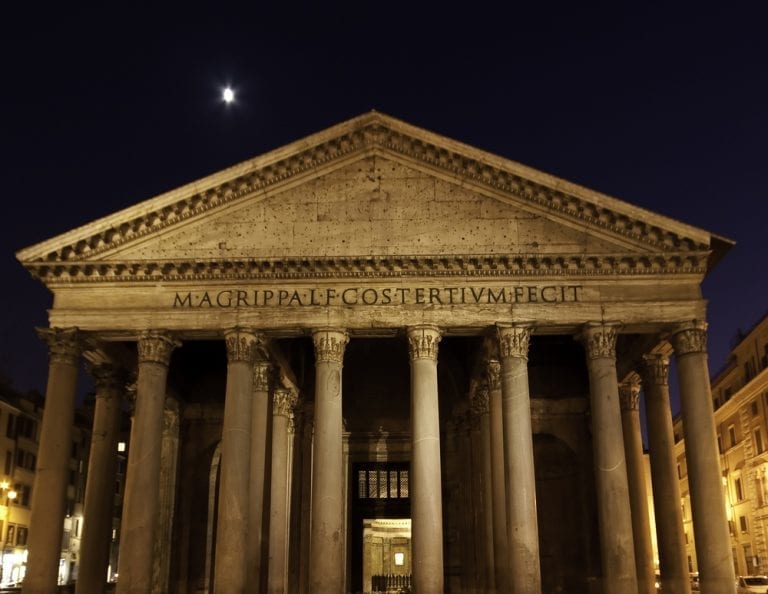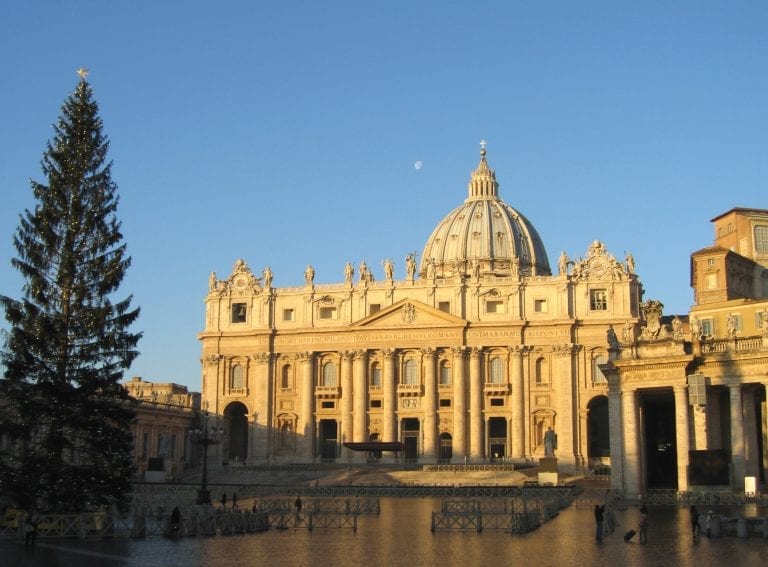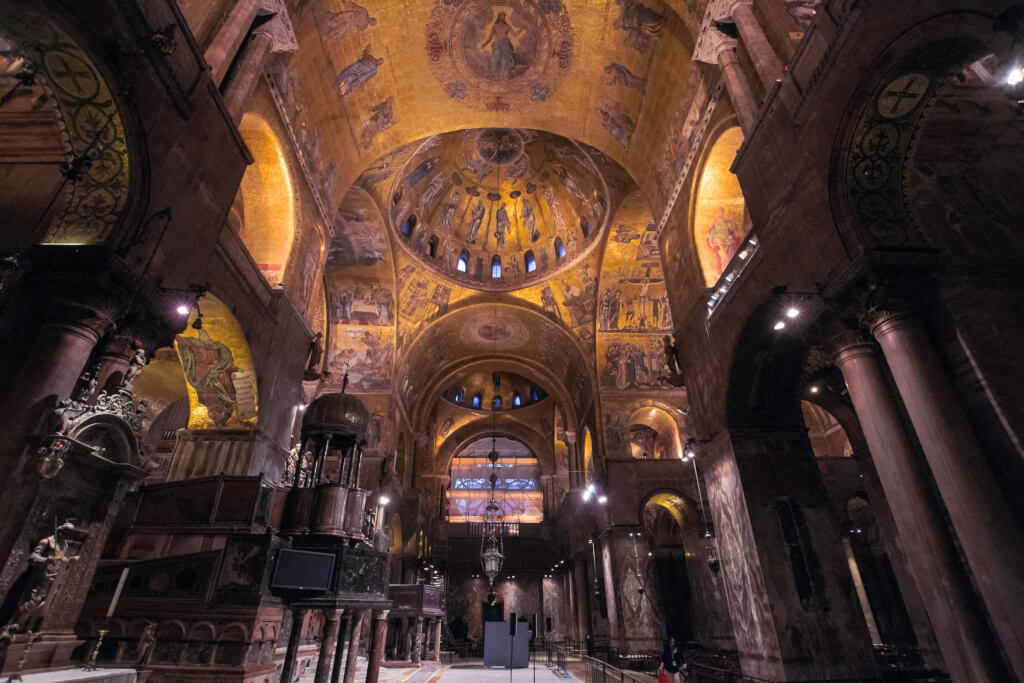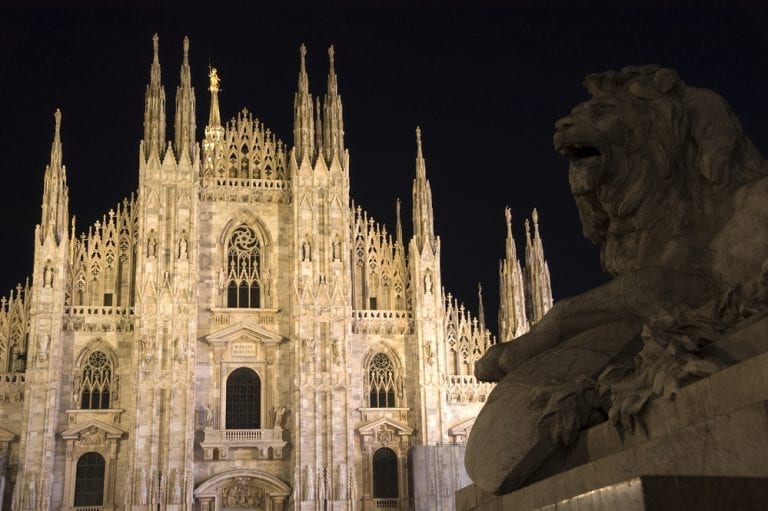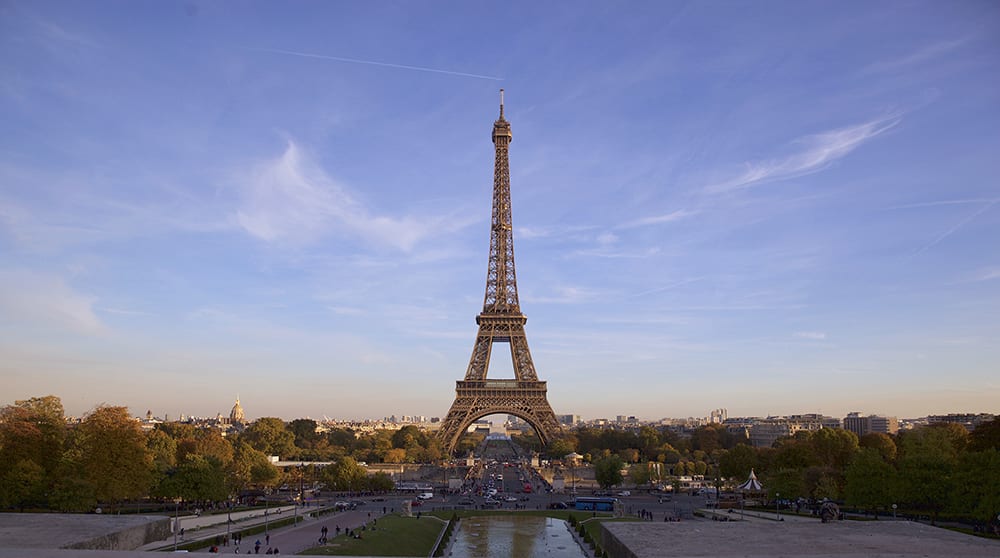
The Eiffel Tower is perhaps the most recognizable man-made structure in the world. Towering over the skyline of Paris, it’s the preeminent symbol of France, embodying in its monumental iron latticework the optimism of the Industrial Revolution and the hopes of Western Civilization. This optimism was considerably dimmed by two World Wars in the 20th century, but despite a turbulent 128 years since its construction, the Tower still stands and there is barely a person in the world who would not recognize it.
Chances are if you’re reading this you know of the Eiffel Tower, but how much do you really know about it? In honor of our Paris walking tours, we’ve put together a short history of the Tower that includes all the little nuggets of info and surprising facts about the Eiffel Tower that you don’t know, have never learned, and may have never even suspected. For example: Did you know the Eiffel Tower stands 324 meters (1,063 feet) tall, held the record as the world’s tallest building for 42 years, and is repainted every seven years with 60 tons of paint? These are just a few of the fascinating facts about the Eiffel Tower that make it such an enduring icon.
Table of Contents
Toggle1. It was built partly to massage France’s (badly wounded) national pride
The 19th century was a turbulent one for France. She opened on a high note by taking control of much of Europe in the Napoleonic wars, but internal strife and wider geopolitics chipped away at the empire until, in 1870, the French were routed by the Germans in the Franco-Prussian war, the Second Empire Fell, and France’s territorial holdings were reduced to a shadow of their former size. In Paris, which had recently been surpassed by London as the world’s most populous city, confidence was running at all-time lows and the men running the Third Republic were in dire need of something to boost the national morale.
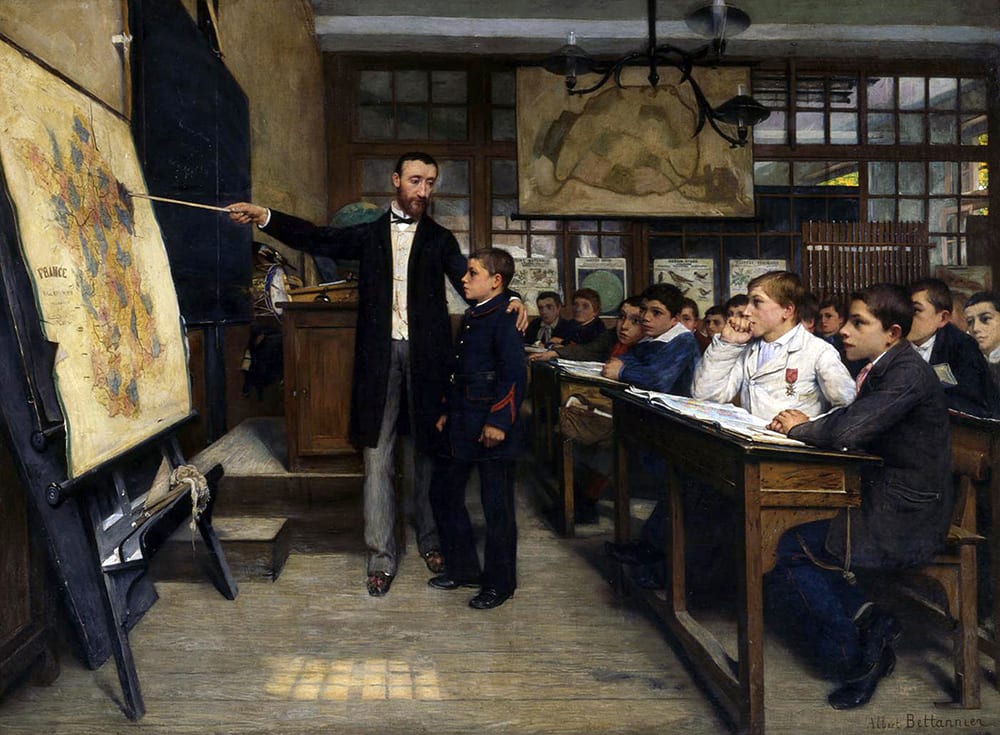
They found it in the form of the 1889 World Fair, which became a sort of coming out party for the “new and improved” Paris—as it looked towards the 20th century. The Eiffel Tower, which at the time was the tallest structure in the world, was conceived of as a sort of tiara for the exhibition grounds. It would show off the technological advances and design prowess of France while also functioning as an old-fashioned Napoleonic symbol of greatness. It would make France, as its architect Gustave Eiffel said, “the only country with a 300-meter flagpole.” One of the most interesting facts about the Eiffel Tower is that it was intended to stand for only 20 years, but its cultural and technological significance ensured its survival.
2. Initially, it was a 300-meter failure
Almost as soon as construction began on the tower, an influential cabal of Parisian artists and architects went atomic with their outrage. A famous passage from their widely circulated petition, “Artists Against the Eiffel Tower” read:
“We, writers, painters, sculptors, architects and passionate devotees of the hitherto untouched beauty of Paris, protest with all our strength, with all our indignation in the name of slighted French taste, against the erection … of this useless and monstrous Eiffel Tower … To bring our arguments home, imagine for a moment a giddy, ridiculous tower dominating Paris like a gigantic black smokestack, crushing under its barbaric bulk Notre Dame, the Tour Saint-Jacques, the Louvre, the Dome of les Invalides, the Arc de Triomphe, all of our humiliated monuments will disappear in this ghastly dream. And for twenty years … we shall see stretching like a blot of ink the hateful shadow of the hateful column of bolted sheet metal.”
If the literati were feeling kind they called it the “Metal Asparagus.” If they weren’t, it became a “solitary riddled suppositoire.” Perhaps the most repeated, and probably most apocryphal, story of tower hate is that the writer Guy de Maupassant frequently ate lunch in it because it was the only place in Paris where you couldn’t see the tower.
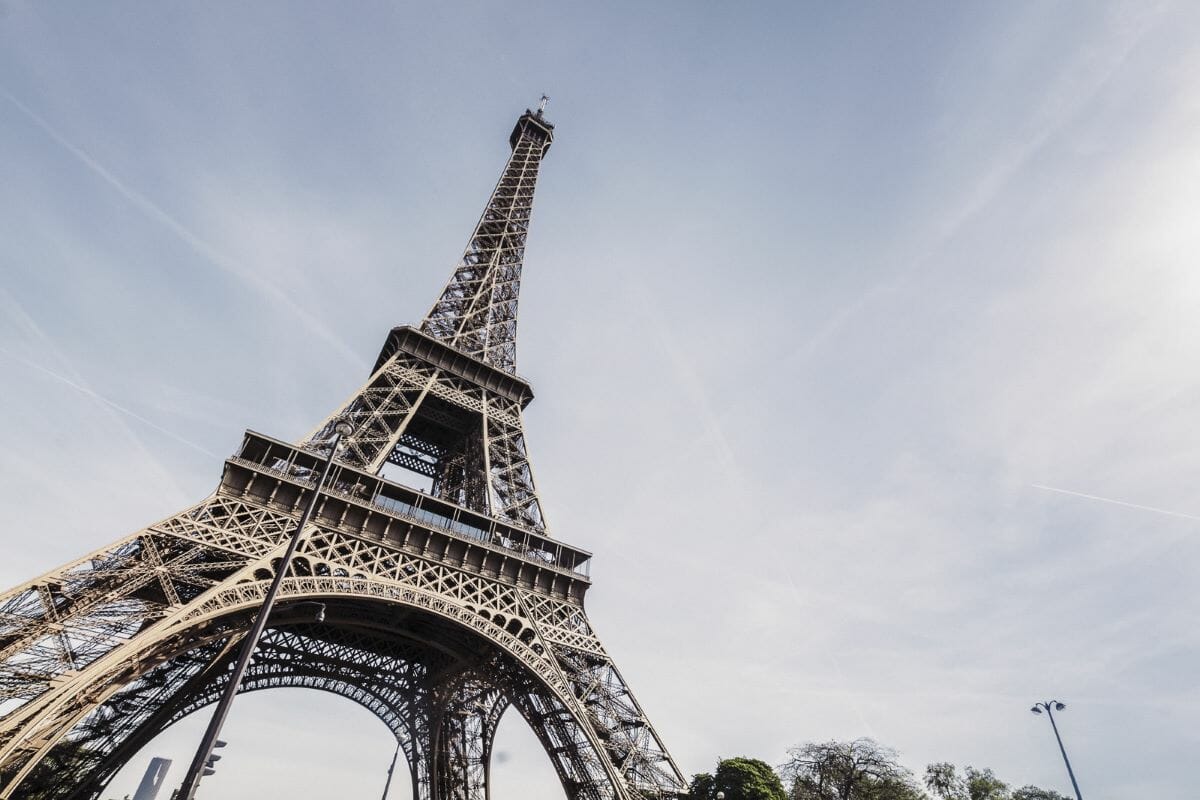
3. Gustave Eiffel also had a hand in another monument you might have heard of
Eiffel didn’t actually design the tower that bears his name; it was his associates, Émile Nouguier and Maurice Koechlin, who came up with the design. But they did so under the direction of Eiffel in his firm, the Compagnie des Établissements Eiffel. It wasn’t the first world-changing monument Eiffel and his team had worked on, either. In 1879, the internal designer for the Statue of Liberty (also built in France), Eugene Viollet-le-Duc, died suddenly, leaving the construction crews in desperate need of someone who knew a thing or two about building large metal towers. Eiffel and Koechlin rejected Viollet-le-Duc’s original idea to make the bronze exterior of Lady Liberty bear all her weight and instead installed an iron skeleton inside of her for support. So the same engineering genius behind the Eiffel Tower’s 2.5 million rivets gave Lady Liberty her backbone as well. If you’re compiling facts about the Eiffel Tower, don’t forget to include its unexpected connection to New York’s most famous statue.
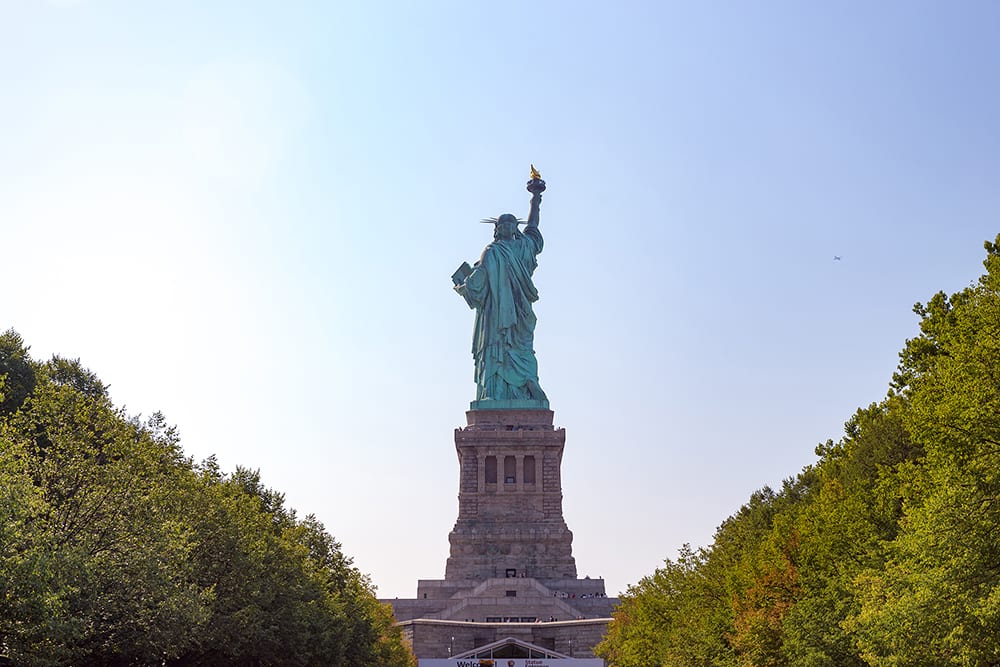
4. Despite what some of Paris’ cultural elite said, almost everyone else loved it
The year it was constructed the tower had 2 million visitors. These days it gets about 6.9 million per year, bringing the grand total to something around 250 million since 1889. In its first year, the Eiffel Tower was visited by eight African kings, the Prince of Wales, Thomas Edison and Buffalo Bill, to name a few. And today, the Tower remains the most visited paid monument in the world, with its iron latticework continuing to captivate travelers and locals alike.
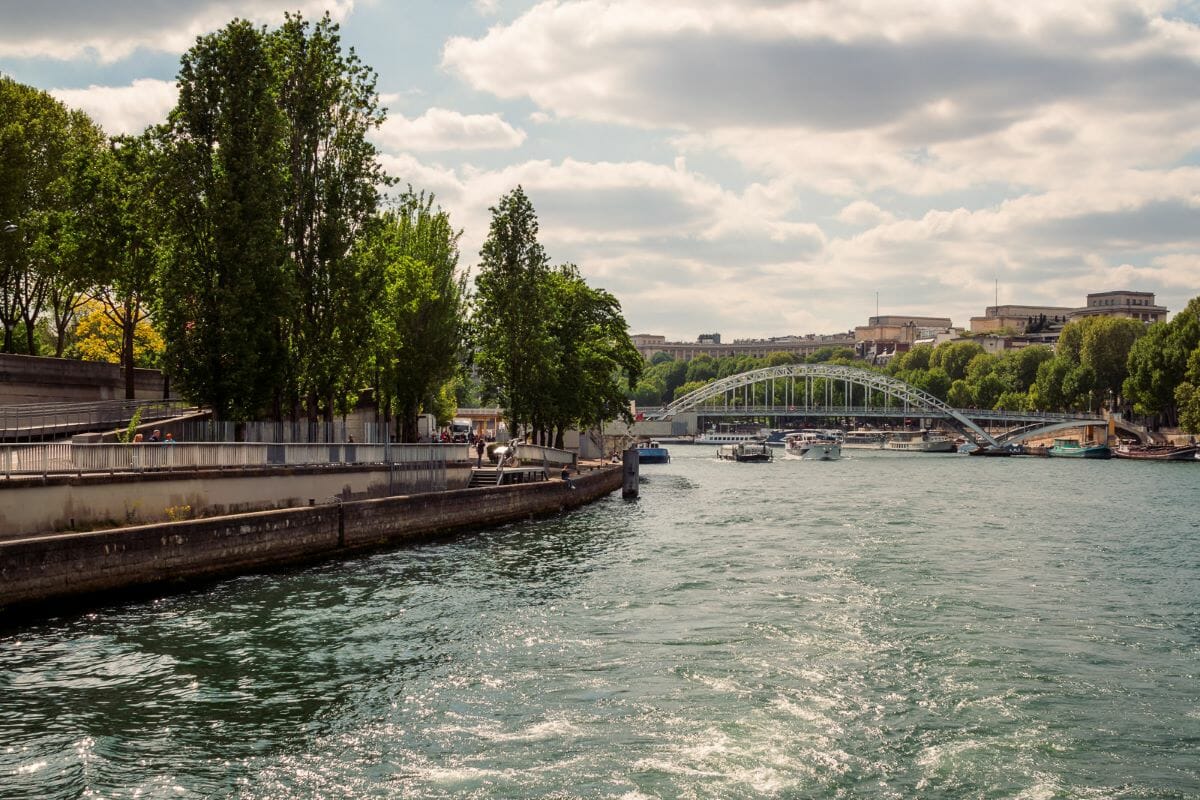
5. The tower has no real use or meaning, and over time, that has become its point
“The Tower attracts meaning the way a lightning rod attracts thunderbolts,” wrote Roland Barthes, “for all lovers of signification it plays a glamorous part, that of a pure signifier, i.e., of a form in which men unceasingly put meaning.” To be fair, the tower has had one utilitarian purpose since the beginning of the 20th century—transmitting radio, and later television signals. But that hasn’t stopped hordes of people from trying to add meaning to it in various, and often outlandish ways. First and foremost, they go to the top of it. Originally this meant you had to walk the 1,710 steps to the pinnacle, but now you can catch an elevator. However, many have gone far beyond climbing. Runners have raced to the top, cyclists have ridden from the pinnacle to the bottom, climbers have climbed it, parachutists have parachuted it, and two separate people have tried to fly planes between its legs. Only one of them was successful. Tragically, some 380 people have also committed suicide from the tower. And yet, the Eiffel Tower remains, defying functional definition, an icon that means whatever you want it to mean.
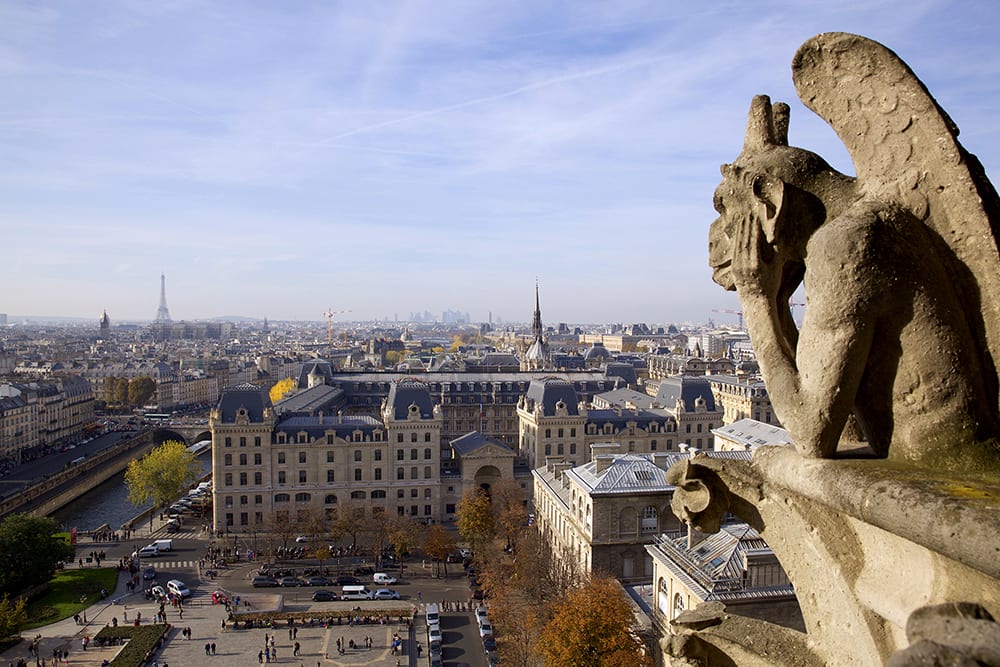
6. It was the tallest building in the world for 42 years
Although it’s no longer on the list of the world’s tallest buildings, the Eiffel Tower (1,063 ft high) stood above any other building in the world for nearly a half century after it was built. It was eventually knocked off its perch by the Empire State Building in New York. Although the 2.5 million rivets that hold the Tower together are often considered the most astounding statistic related to its size, we think it’s much more impressive that every 7 years, the tower has to be repainted (it’s made of iron, and would rust if left untreated) with some 60 tons of paint. The Eiffel Tower’s maintenance is as monumental as its silhouette. If you’re searching for interesting facts about the Eiffel Tower, add this one to your list: it takes a small army of painters nearly 18 months to complete the job!
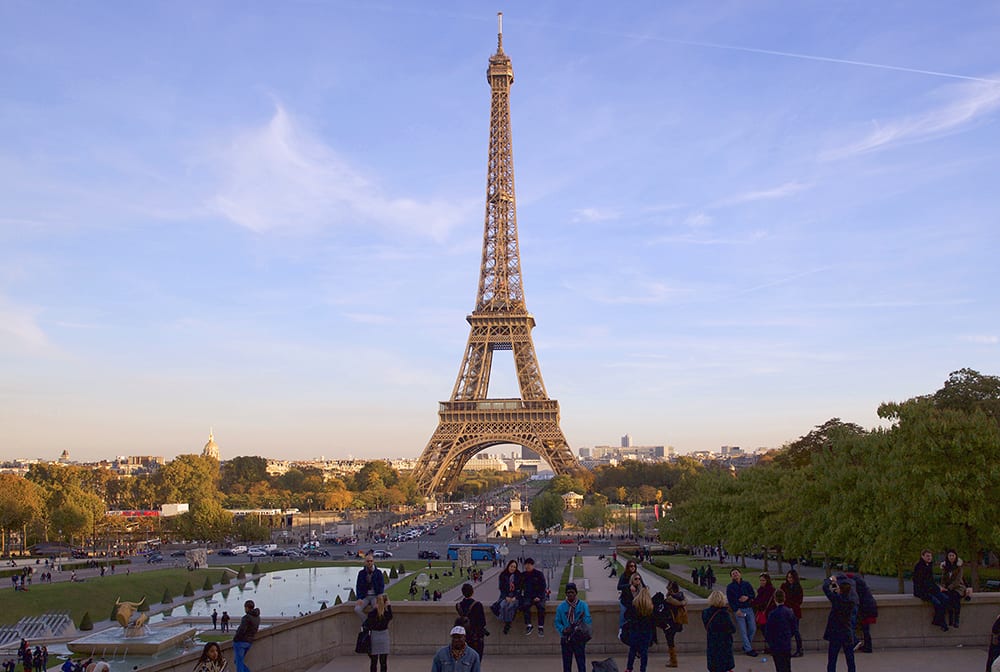
7. How to visit the Eiffel Tower
The Tower is located at the crossroads of the Quai Branly and the Champ de Mars. It’s served by buses (no. 42, 69, 72, 82, 87 to Champs de Mars.), express trains known as the RER (C line), and the Paris Metro (stop name: Bir Hakeim). Its opening hours are long when compared to other monuments but they change slightly throughout the year. From September through mid-June the Tower is open from 9:30am – 11:45pm. From mid-June through early September it’s open from 9:00am – midnight. It also has extended hours during Easter weekend. The last elevator to the top always leaves 45 minutes before closing and if the weather is bad the top might be closed.
There are three ways to visit the Eiffel Tower. The first is by walking around its base which is free of charge. The second is by walking to the top. Eiffel Tower tickets to the stairs cost €11.30 in currency but considerably more in burned calories. We don’t recommend this route for the old, infirm, or young children, but it is cheaper and comes with a serious sense of accomplishment.
There are actually two separate types of elevators on the Eiffel Tower. One goes to the second floor and costs €18.10 and the other goes to the very top but costs €28.30. All three types of Eiffel Tower tickets are purchased from the same booths meaning that, during the high season, the ticket lines can be hours long. If you buy tickets to the elevators you will also have to wait in line to board them. (Fortunately, these lines are relatively short.) The best ways to avoid the long ticket lines are either to buy your tickets in advance or go with a guided tour that will pre-reserve your tickets. And don’t forget—one of the most memorable facts about the Eiffel Tower is that its top platform offers sweeping views of Paris from 276 meters above the ground, making it the best observation deck in the city.
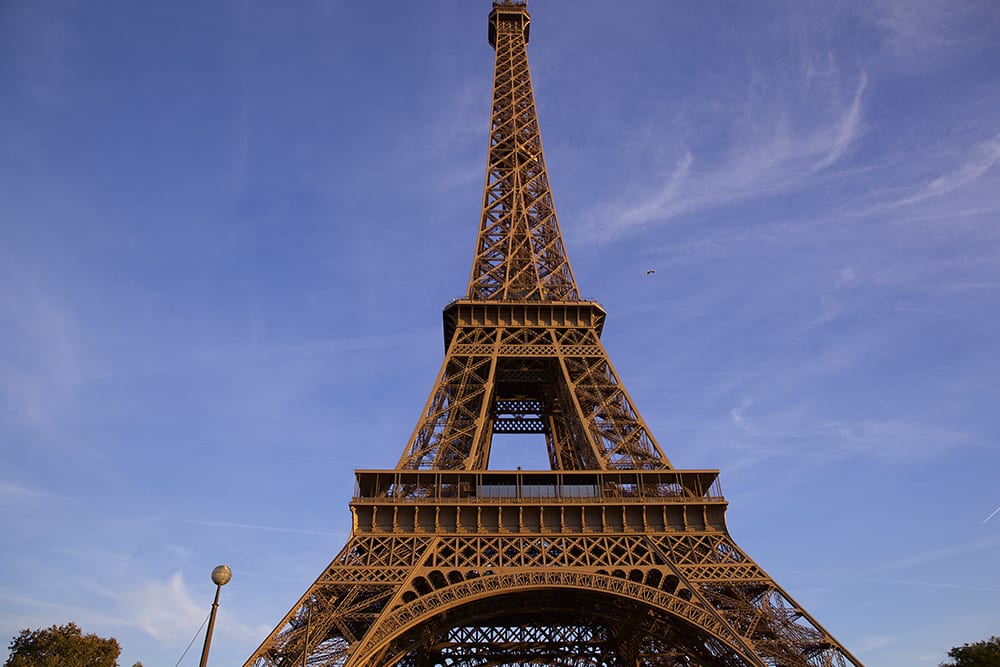
Experience Paris in a Day
With so much history and beauty surrounding the Eiffel Tower, there’s no better way to experience the highlights of Paris than by joining an expertly guided Paris in a Day Walking Tour. This immersive tour is perfect for first-time visitors or those wanting to make the most of their time in the City of Light. Highlights include:
- Skip-the-line access to the Eiffel Tower, where you’ll enjoy breathtaking views and learn more about its fascinating history—including how it was built in just over two years and how it continues to be the most-visited paid monument in the world.
- Guided visits to the Louvre Museum, home to masterpieces like the Mona Lisa and the Venus de Milo.
- A stroll through the charming streets of Montmartre, including the iconic Sacré-Cœur Basilica.
- A scenic Seine River cruise, providing a unique perspective of Paris’s most famous landmarks, including the ironwork of the Eiffel Tower reflected in the water.
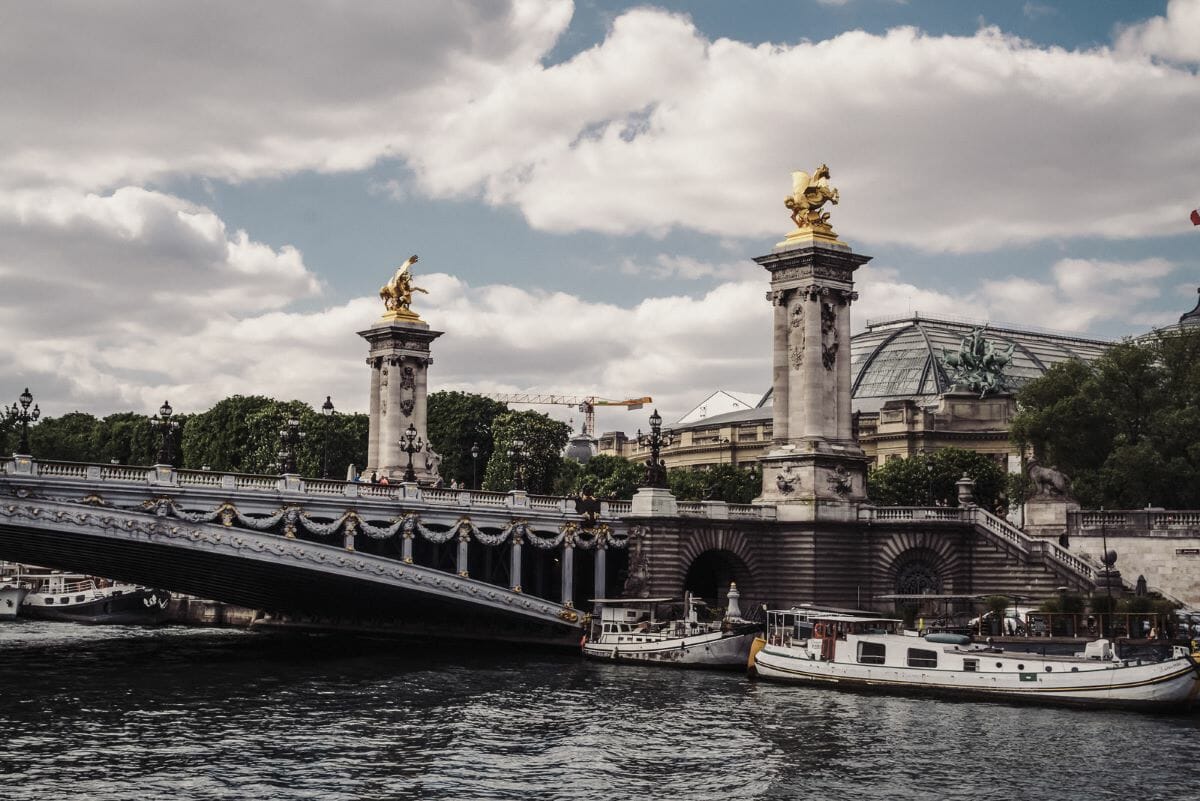
FAQ: The Eiffel Tower
How tall is the Eiffel Tower?
The Eiffel Tower stands 324 meters (1,063 feet) tall, including its antenna, and held the record as the world’s tallest building for 42 years. This is one of those essential facts about the Eiffel Tower everyone should know.
Can you buy tickets to the Eiffel Tower in advance?
Yes, you can purchase tickets online in advance to avoid long lines, or join a guided tour that includes pre-booked entry.
What are the opening hours of the Eiffel Tower?
Opening hours vary by season: from mid-June to early September, it’s open from 9:00am to midnight; from September to mid-June, 9:30am to 11:45pm. The last elevator ascends 45 minutes before closing.
Join our Paris in a Day Walking Tour to see the Eiffel Tower, Louvre, Montmartre, Notre Dame, and more with expert insights, fascinating facts about the Eiffel Tower, and minimal hassle. Book your tour on our website!
by Walks of Italy
View more by Walks ›Book a Tour

Pristine Sistine - The Chapel at its Best
€89
1794 reviews

Premium Colosseum Tour with Roman Forum Palatine Hill
€56
850 reviews

Pasta-Making Class: Cook, Dine Drink Wine with a Local Chef
€64
121 reviews

Crypts, Bones Catacombs: Underground Tour of Rome
€69
401 reviews

VIP Doge's Palace Secret Passages Tour
€79
18 reviews

Legendary Venice: St. Mark's Basilica, Terrace Doge's Palace
€69
286 reviews









